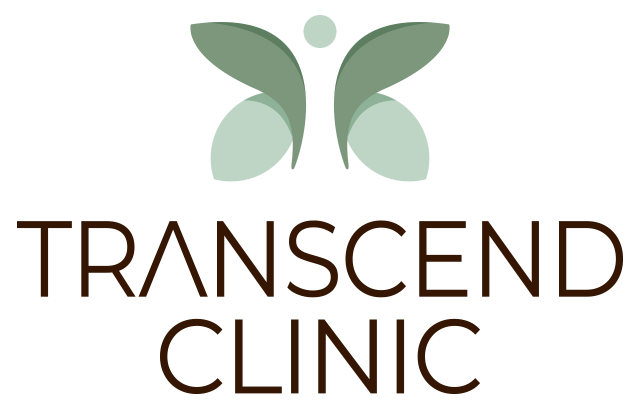Reclaim Your Life with Ibogaine
With the rise of the opioid epidemic which has engulfed the United States, the addiction treatment industry has become a $35 billion dollar a year industry according to SAMHSA (the Substance Abuse and Mental Health Services Administration). Over 23 million Americans over the age of 12 are addicted to alcohol and other drugs according to the National Council on Alcoholism and Drug Dependency. During 2012, which is the last year we have statistics for at present, over 2.5 million people received addiction treatment. As of 2014 there were over 14,500 rehabs in the United States alone, which does not take into account facilities such as sober living houses, of which Arizona has over 10,000 alone, and the numbers are growing rapidly with no end in sight.
Is Addiction Treatment Utilizing an Evidence-based Approach?
For the most part, the majority of addiction treatment programs within the United States and worldwide, are based partially or completely on the 12 step paradigm of NA and AA (Narcotics Anonymous and Alcoholics Anonymous). What seems to present no problem to the treatment industry, is a complete lack of any scientific evidence whatsoever that supports the 12 steps as a successful clinical treatment approach. Patients with medical problems as well as legal issues, are being sent off to participate in a faith-based treatment which has demonstrated extremely poor results.
It’s debatable why the 12 step programs have become something of a “gold standard” in addiction treatment, they have a near-endless number of offshoots which apply the same basic methodology to sex addiction, gambling, shopping, internet use, overeating, codependence, your mobile phone; the list goes on, and on, and on, if you can think of an addiction, there’s probably a 12-step group which supports it.
Sending someone with a medical condition (drug dependence) to voluntarily (or involuntarily) participate in 12-step meetings, does absolutely nothing to address the underlying problems that cause many people to self-medicate with drugs in the first place. Dual diagnosis tends to be the norm, rather than the exception in addiction treatment, and the practice of sending drug dependent individuals to 12 steps meetings as “addiction treatment” is akin to sending someone with diabetes or heart disease to church, to improve their medical condition. Essentially, most addiction treatment is complete nonsense, which produces pretty much the results you’d expect- the statistics are abysmal.
There is very little data supporting the theory that the 12 step paradigm works at all. AA itself offers no data whatsoever on its success rate, claiming they are not a “treatment” or rehab, but rather groups of like-minded individuals who get together for group support. When examined through the lens of objective reality, Lance Dodes, MD, former director of Harvard’s Addiction Treatment Unit at McLean Hospital, placed the success rate of the 12-steps groups at around 5-8%. Examining the outcome of patients who were treated utilizing a faith-based approach in The Business of Recovery, and the scathing The Sober Truth: Debunking the Bad Science Behind 12-Step Programs and the Rehab Industry very few people find success utilizing the 12-step approach.
While a 5-8% success rate is better than nothing, there is no other business on Earth, which could produce a 92-95% failure rate, and have its clients find this an acceptable statistic, especially in light of the fact that treatment at a conventional, 12-step based rehab, can run from $30,000 – $120,000 a month. What are you paying for?
Maintaining your Drug-dependence Legally
For many individuals who have been through the endless cycle of detoxing, going to rehab, and then finding themselves back where they started shortly thereafter, the concept of being drug-free is something they feel is no longer within their reach, so they choose to participate in methadone or buprenorphine maintenance.
Subutex and Suboxone are an absolute miracle from a legal perspective. Due to strong lobbying and financial backing, Reckitt Benckiser (the company that produced buprenorphine), managed to get the Drug Addiction Treatment Act passed in 2000. DATA 2000 allowed clinicians who attended specialized classes and received training, to prescribe Schedule III, IV and V narcotics for the purpose of drug treatment and opioid-maintenance. This obviated the need to be subjected to often dehumanizing methadone maintenance programs, and allowed patients to pick up their medication at a pharmacy, just like every other individual treating a medical condition.
While maintenance drugs do help a significant number of people to escape the legal consequences of their drug use, and stop being victims of the “war on drugs”, nothing much has really changed; you’ve gone from being physically dependent on an extremely addictive drug, to being physically dependent on an equally — or more — addictive molecule. It’s the same addiction, but the drug use itself has been de-stigmatized. No longer having to pay black market prices for substances which are essentially worthless, but have had their value artificially inflated by the “war on drugs”, to being able to legally source the drugs they need in order to function, allows myriad individuals to reintegrate back into society, holding a job, having a career and family, in short: having a life again.
The downside to maintenance is you’re still addicted to pretty much the same thing. Everything you disliked about addiction, is still present in your life. Nothing much has really changed. And for some people that’s fine, because their lives aren’t going that badly and being drug-dependent isn’t the worst thing in the world.
Reclaiming Your Life
While ibogaine treatment is extremely effective in producing a “reset” and interrupting the process of active addiction, some form of aftercare is essential. Please feel free to reach out to us and speak with an admissions specialist who can help provide you with a comprehensive list of non 12-step based aftercare options which may be optimal for your situation.
Namaste
